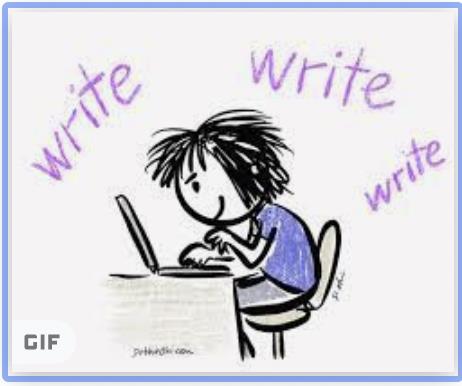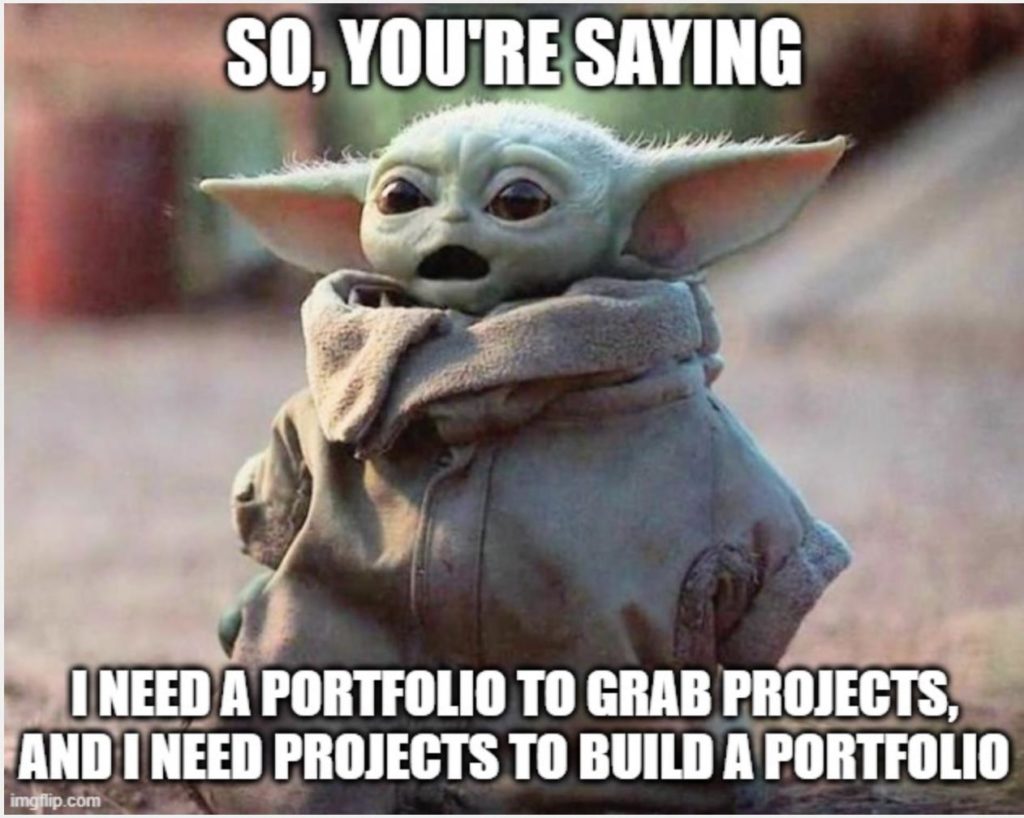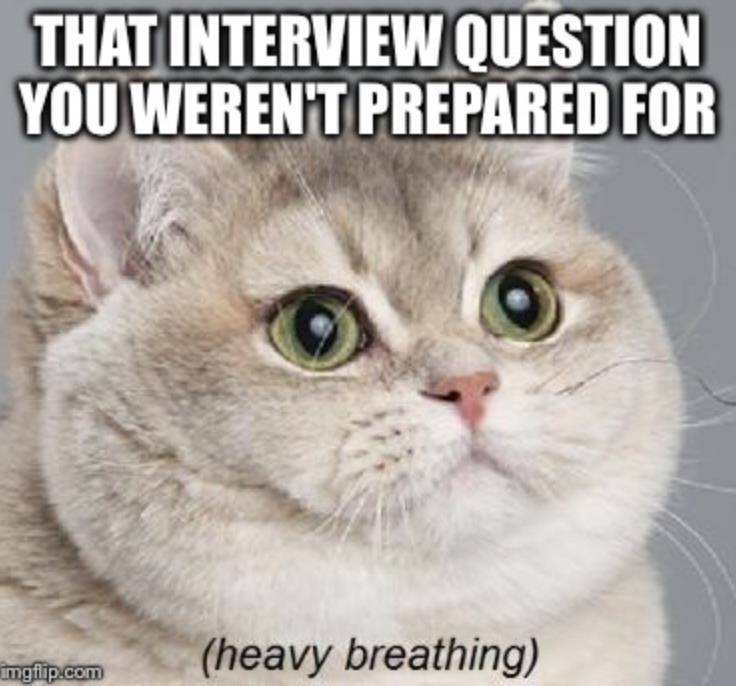I’ve always found myself drawn to books with beautiful illustrations. What keeps me engaged
though are the riveting plots, compelling characters and memorable dialogues – the writer’s
ability to tell a great story. That is reflective of my background in communications and journalism where I’ve used words to bring my ideas to life.
Words aside, I enjoy building things from scratch. I relish the opportunity to create and execute a strategy. Coupled with my interest in technology and the impact it can create in our lives, this led me to explore my interest in UX Writing. In this article, I’ll share my journey and the steps I took to transition into this emerging but exciting field!
1. Start freelancing or volunteering
Being curious about how people engaged with digital products led me down this rabbit hole of reading up on user experiences – the concepts and theories behind this, the crucial role it plays in companies and various roles. This led me to completing a UX Design course and a certified UX Writing course with UX Writing Hub. I received valuable guidance from my mentor, Aaron for all my writing exercises and this reinforced my understanding of the design thinking concepts that we learnt too. I’m also grateful for the opportunity to work with a real client.
Upon completing the course, I was keen to work on other client projects to gain more exposure. Thanks to the referral I got from my journalist friend, I managed to work on a finance app. As this is under NDA (Non-Disclosure Agreement), I can’t share much. What I can say is this gave me a glimpse into the finance industry, and an opportunity to craft copy for their user flows, notifications and error messages.
Through Yuval, I also got the chance to work with a talent management platform. The scope
included helping the client to improve the user flow, enhance the Information Architecture, and propose clear and conversational microcopy to guide the user in navigating the platform.
Based on the job descriptions of UX Writing roles, companies prefer considering candidates with real-world working experience. To achieve this, you could conduct content audits of your dream company and show how you would improve the user experiences of their product features. If you’re passionate about a certain cause, consider volunteering your skills to improve the app or website of a non-profit organisation. Better still, if you’ve got the chance to work with a client on short-term projects, go for it!
2. Build a portfolio
For most companies, the application process includes submitting a file or a portfolio link which showcases your projects. Depending on your comfort level, you could either present your projects using a PDF / PowerPoint deck or a website. If you decide to go with the latter, you’ll be happy to know that there’re a variety of no-code web-building tools to choose from! This 9 Beginner UX Writing Portfolio Examples might be useful in getting you started on structuring
your portfolio.
For me, I decided to use Notion – a project management tool which has been used by UX professionals for showcasing their portfolios. What I like about Notion is its intuitive interface and useful features. Getting started is as simple as creating a page, and including information
on yourself and details of the projects you worked on. It’s free and easy to maintain. The only small downside is the messy URL (you know, the one with multiple numbers and words). One way I got around this was to buy a customised Google Domain (prices start from $12/year) and link my Notion portfolio to it so I get this – www.rachelchanrc.com
3. Prepare for the interviews
I’d encourage you to get started on this after you’ve submitted your job applications (even
before you get invited for any job interviews). Common questions to prepare for include:
a) Tell me about yourself.
b) Why do you want to join (insert company name)?
c) What do you think of our app / website (company’s digital product)?
Question: Tell me about yourself.
Analysis: Sounds like a simple enough question but what the interviewer’s hoping to find out is your background, personality and motivation in pursuing a career as a UX Writer. This is your opportunity to draw the interviewer in with your story and share what led you to this moment.
Approach: Review the job description and list down the attributes the company is looking for.
Apart from writing skills and user experience knowledge, are they looking for someone with
expertise in content strategy, design tools, stakeholder engagement? Assuming that they are,
you should try to weave in some of these requirements into your story. Here’s an example:
My (share what sparked your interest in UX Writing. was it your writing experience,
problem-solving capabilities, design thinking expertise that led you down this path?)
have encouraged me to pursue a career as a UX Writer. Over the past year
(customise this based on the amount of time you’ve spent), I’ve worked with
clients to improve the user experiences of their products. I’ve done this by
(how did your contributions improve their products? did it result in customers being
able to complete their tasks more efficiently?). I’ve also used tools like (might also
be worth sharing tools that you’re familiar with like Airtable, Figma, Maze etc.) to
organise my research findings and design wireframes.
Question: Why do you want to join (insert company name)?
Analysis: The interviewer probably wants to get a sense of whether you’ve done your research on the company and industry, and reasons behind your interest in joining them.
Approach: Share what you like about the company/industry and what drew you to consider
working with them. Here’s an example:
I have a strong interest in (insert industry) because (some pointers to consider
include how you can relate to the company’s mission of impacting people’s lives or
improving their pain points). As (insert company name) grows, I would like to be a
part of the team which contributes to creating user-friendly experiences and
solving problems for your customers.
Question: What do you think of our app / website (company’s digital product)?
Analysis: The interviewer is keen to hear if you’ve taken the time to familiarise yourself with
their product and wants to assess your problem-solving capabilities.
Approach: Start by sharing which aspect of the product could be improved and the potential
user groups this will impact. Explain how you’ll enhance this feature. Here’s an example:
While reviewing your app / website, I noticed that (what area requires
improvement? was the user flow confusing when it came to the onboarding process
for new customers? did their information architecture make sense or could certain
aspects be improved?).
Pro Tip: To help them visualise your ideas, take the initiative to prepare case studies and
explain your rationale using Google Docs or Figma mockups.
That’s my story of how I transitioned into UX Writing. Like a marathon, it was a process that took months of training and preparation, but all worth it when it culminated in an offer for a full-time Senior UX Writer role in my current company! If you’re starting out or still working on
transitioning to UX Writing, keep on going. If possible, seek out mentorship opportunities or get feedback on your work from more experienced professionals. This will help you to sharpen your skills and strengthen your portfolio. All it takes is that one hiring manager to take that chance on you and you’re in!







